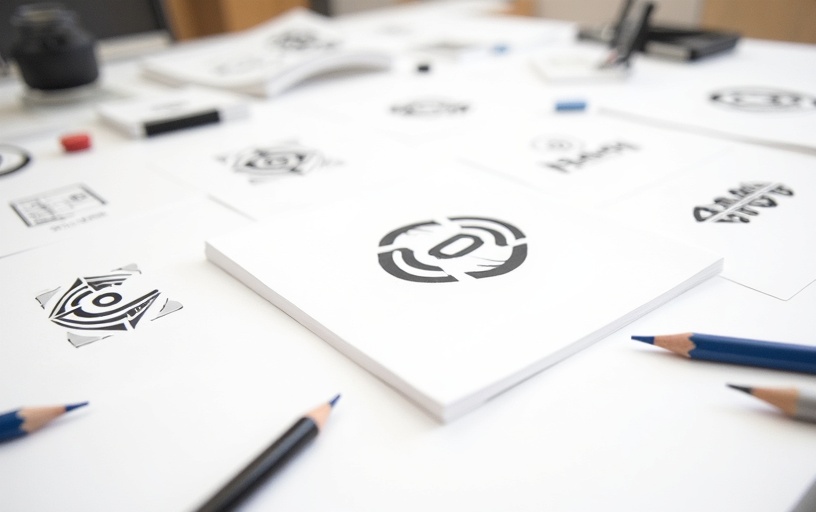A logo is often the first impression your brand makes. It's a visual symbol that encapsulates your company's essence, values, and personality in a single mark. Creating an effective logo requires both artistic skill and strategic thinking.
Understanding Logo Fundamentals
Great logos share common characteristics: they're simple, memorable, timeless, versatile, and appropriate. These principles guide every decision in the design process, from initial sketches to final refinements.
The Five Types of Logos
- Wordmarks: Typography-based logos like Google or Coca-Cola
- Lettermarks: Initials or monograms like IBM or HBO
- Pictorial marks: Icon-based logos like Apple or Twitter
- Abstract marks: Geometric forms like Nike or Pepsi
- Combination marks: Text and symbol together like Burger King
The Logo Design Process
Successful logo design follows a structured approach that balances creativity with strategy. Each phase builds upon the previous one, ensuring the final design meets both aesthetic and functional requirements.
Research and Discovery
Before putting pencil to paper, thorough research is essential. Understand the company's history, values, target audience, and competitive landscape. This foundation informs every creative decision that follows.
Sketching and Ideation
Start with hand sketches to explore ideas freely. This analog approach allows for rapid iteration and unexpected discoveries. Generate dozens of concepts before moving to digital refinement.
Digital Development
Transform promising sketches into vector graphics. Focus on clean lines, proper proportions, and scalability. Test the logo at various sizes to ensure it remains effective from business cards to billboards.
"A logo doesn't sell (directly), it identifies." – Paul Rand
Color and Typography Considerations
Color psychology plays a crucial role in logo effectiveness. Different colors evoke different emotions and associations. Always design in black and white first to ensure the logo works without color dependency.
Typography choices should reflect the brand's personality. Serif fonts convey tradition and reliability, while sans-serif fonts feel modern and clean. Custom lettering can create unique brand recognition.
Testing and Refinement
A logo must work across all applications and contexts. Test it on business cards, websites, signage, and merchandise. Gather feedback from stakeholders and target audiences to identify areas for improvement.
Common Logo Design Mistakes
- Making it too complex or detailed
- Following trends instead of creating timeless design
- Using too many colors or fonts
- Not considering scalability and versatility
- Copying or closely imitating existing logos
Delivering the Final Logo
Provide clients with comprehensive logo files including vector formats (AI, EPS), high-resolution rasters (PNG, JPG), and various color versions (full color, black, white, grayscale). Include usage guidelines to maintain consistency across applications.
Need a Professional Logo?
Creating a memorable logo requires expertise in design principles, brand strategy, and technical execution. Let's collaborate to design a logo that perfectly represents your brand.
Start Your Logo Project